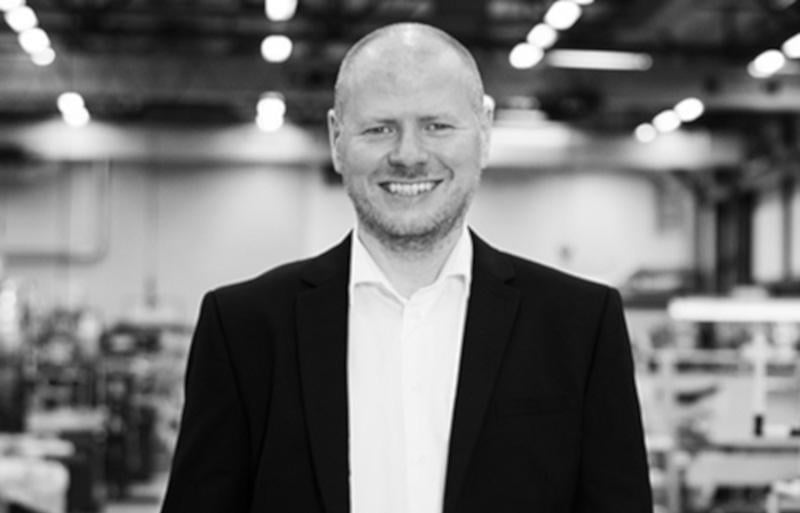
Neil Russell, chief operating officer at Aero Norway, talks to James Pozzi about why the CFM56-3 was a valuable market during the pandemic and how it has continued to shift focus between different models in the engine family.
We are coming to the end of the year and unbelievably, the pandemic has been ongoing for nearly two years. How has Aero Norway evolved as an MRO business during that period and what direction is it taking now?
Before the pandemic we were on track for a good 2020. We had a lot of CFM56-5 and -7 engines in the shop, and our revenue and EBIT figures were looking great for the year and suddenly COVID-19 hit. We needed to react quickly. We were lucky to have the CFM56-3 as a legacy engine. We could see that a lot of people were buying goods online so there was a lot of cargo interest with cargo customers crying out for -3 engines, so we were able to change quickly over to that line. We realized that we needed to be adaptable to what customers wanted, and that meant moving people, tooling and equipment to meet what the customer needed. We implemented some measures that were slightly painful at first in terms of adaptability, but we became more flexible with them over time and the -3 engine has kept us going through 2021 also. A big focus was on keeping our people. In the industry, the first move many companies made in the wake of the pandemic was to cut staff but we knew the situation would pick up at some stage. Our board and management decided that we would keep everyone on staff and we took a 20% pay cut for five months, which was appreciated by our people to keep everyone at the facility. We also looked at improvements in the shop. The past 18 months has been a learning process and we’ve continued to work on adaptability.
The CFM56-3 was an unexpected development in 2020. Do you foresee any forthcoming demand changes for that engine family?
There are still some customers needing -3 engines, but more are starting to move to -5 and -7 powered freighter aircraft. The -5 and -7 are fantastic engines and will keep going for a long time. We've seen a pick up in demand for those two engine the past three to four months. This includes a growing number of heavy visits for both engines.
Have shop visits picked up at your Stavanger facility in 2021?
The big change has been moving back from the -3 to the -5 and -7. In terms of rates, we decreased our production rate during the pandemic so that means we are not at the same rate as we were pre-COVID. But because we have the same numbers of people and equipment, we can pick up again if we see the demand increase. The change from the -3 to the -5 and -7 this year is good for us as it’s better for the business to have this demand while also offering the customer support for the -3 engines.
What changes have you noticed in the used serviceable materials market for the CFM56? Are there interesting dynamics?
There’s so many different types of questions coming in from customers about what they can do. Before COVID, a lot of people were building full life back into their engines by buying new parts. Now we are seeing more used parts but there’s more used materials in the market. We’re seeing module swaps, modules acquisition and engines being bought to sell--we’ve bought some -3, -5 and -7 engines for this purpose. It’s a real mix of everything to keep aircraft and their engines going.
Have your pre-crisis plans to expand capabilities to the newer, CFM56 successor engine, the Leap, altered over the past 18 months?
It’s taken a pause during COVID. The amount of -5 and -7 engines out there in the market means there will certainly be a good long-term flow. It’s less clear how long the -3 has got to go. It makes sense for us to look into the Leap. We’ve spoken with CFM International about it and are doing due diligence, but we don’t what to rush into it. We are carrying out some technical analysis on what is required for the Leap, and there is a lot to consider when establishing this capability, especially for the test cell. As it stands, the assessment of what kind of work scopes we do could be completed by late 2022. Into 2023, we’d look to start some, depending on customer demand.





